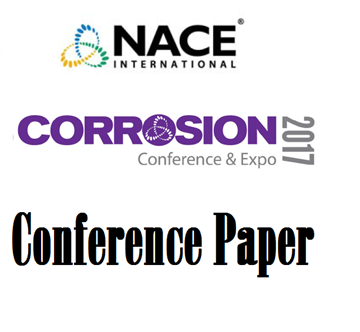Search
Welding Procedure Development For A 13Cr-5Ni-2Mo (UNS S41426) Super Martensitic Stainless Steel
Also Purchased
51315-5422-Determining Reliable Domain for 13CR Martensitic Stainless Steel Downhole Tubular in Sour Environment and Revisiting NACE MR-0175/ISO 15156 Limits
Product Number:
51315-5422-SG
ISBN:
5422 2015 CP
Publication Date:
2015
$0.00
51317--9645-Sulfide Stress Cracking (SSC) Resistance of AISI 420 Modified (13Cr) Martensitic Stainless Steel Bar
Product Number:
51317--9645-SG
ISBN:
9645 2017 CP
Publication Date:
2017
$20.00
03095 PERFORMANCE OF HIGH STRENGTH SUPER 13%CR MARTENSITIC STAINLESS STEELS
Product Number:
51300-03095-SG
ISBN:
03095 2003 CP
$20.00




